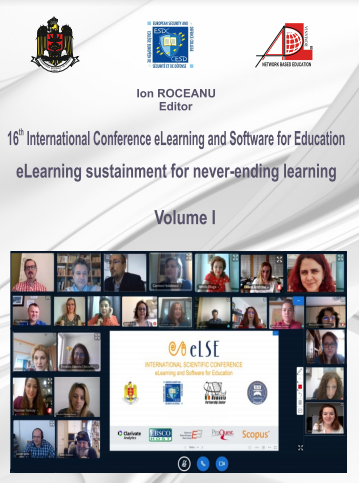AN ONLINE MATH PATH TO FOSTER THE TRANSITION OF STUDENTS BETWEEN LOWER AND UPPER SECONDARY SCHOOL
AN ONLINE MATH PATH TO FOSTER THE TRANSITION OF STUDENTS BETWEEN LOWER AND UPPER SECONDARY SCHOOL
Author(s): Alice Barana, Marta PULVIRENTI, Cecilia Fissore, Marina MarchisioSubject(s): School education, ICT Information and Communications Technologies, Distance learning / e-learning, Pedagogy
Published by: Carol I National Defence University Publishing House
Keywords: Advanced Computing Environment; Automatic Assessment System; Virtual Learning Environment; Upper Secondary School;
Summary/Abstract: The transition between different levels of education is delicate, especially when mathematics is concerned; could a digital learning environment and new technologies help and support students in it? In this paper, we discuss the efficiency of a technology-enhanced learning environment for facilitating the transition between lower and upper secondary school. This Online Path regards the review and the enhancement of the main mathematical topics that are fundamental for beginning the upper secondary school. This educational path has been implemented in a Virtual Learning Environment (VLE) integrated with an Advanced Computing Environment (ACE) and with an Automatic Assessment System (AAS); in this way, it is always available and accessible and the educational materials in it are interactive and adaptive. Moreover, the system allows the adoption of a model of formative automatic assessment and interactive feedback that has already been proven to be effective when self-paced learning is concerned. Students could consult the material and self-assess their abilities through those summer holidays between the lower and the upper secondary school but the course is always available during the whole year allowing a perpetual support in the main mathematical concepts studied in class. So far, a total of 500 students have been involved, around two hundred students during the summer of 2018 and three hundred during the summer of 2019. Data analysis shows that students, who have been more involved in this online path, have also achieved a better performance in mathematics at the beginning of the scholastic year in the upper secondary school, proving that methodologies and technologies adopted were successful. For the summer of 2020, we are planning to enlarge the project with two more online paths: one for Latin and one for English language.
Journal: Conference proceedings of »eLearning and Software for Education« (eLSE)
- Issue Year: 16/2020
- Issue No: 01
- Page Range: 568-575
- Page Count: 8
- Language: English

